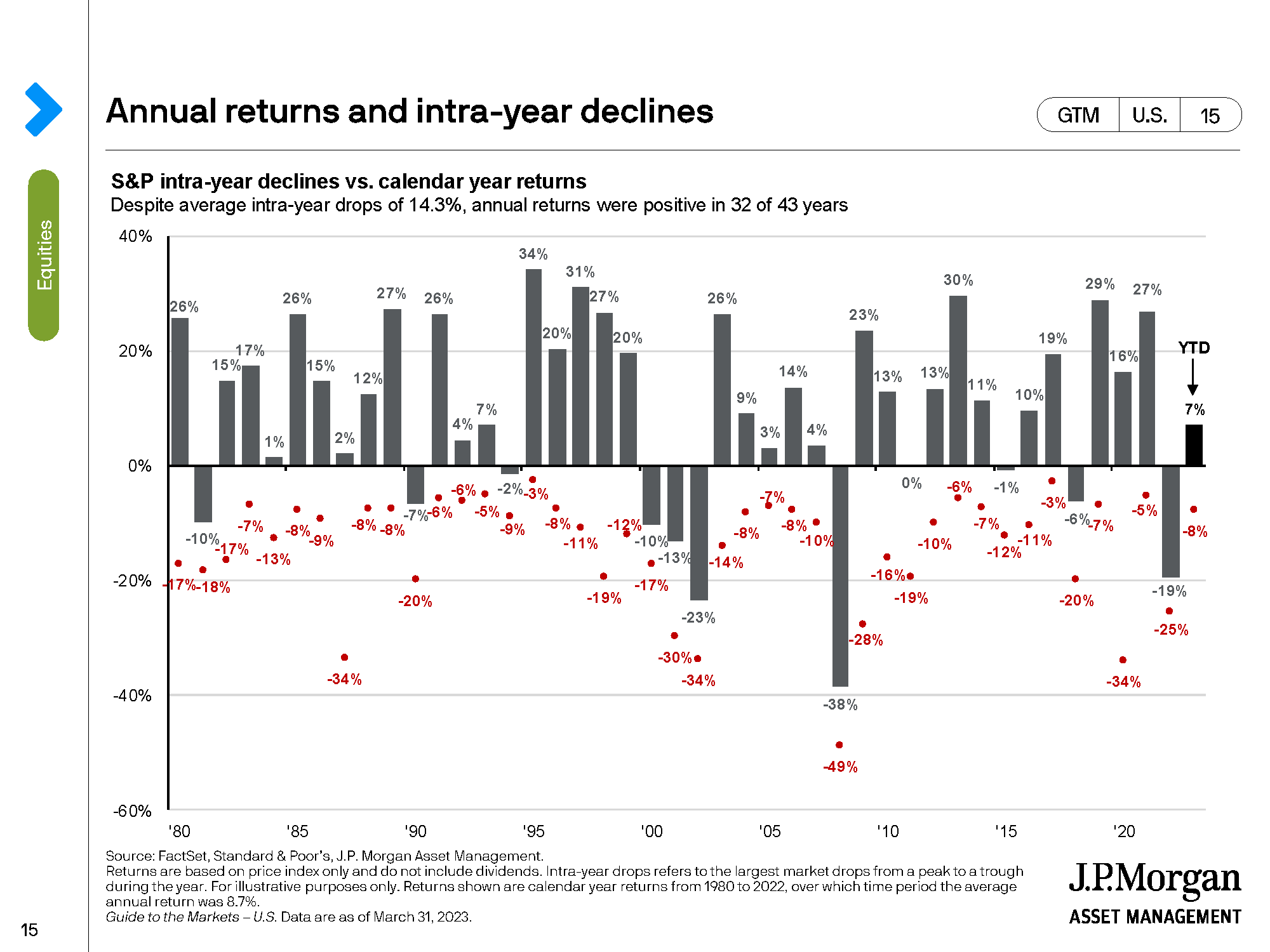In our quarterly Commentary issued late last month, we wrote briefly on labor cost inflation due to the “graying” of our population and recent pandemic sickness. As to the former, we noted that this trend will not abate going forward. The U.S. is becoming an older society and the only remedy in the short to intermediate term would be workers’ leveraging technology to enhance productivity, thereby fighting labor inflation.
Also concerned about worker productivity, researchers at MIT and Stanford University[1] set up an Artificial Intelligence (AI) experiment tracking the performance of more than 5,000 low skilled customer support agents, based primarily in the Philippines, across key metrics like how quickly and successfully workers were able to solve client problems. The experiment lasted for about a year. Some agents were given AI tools, and some were not.
Overall, the agents’ productivity was enhanced by 14% using Artificial Intelligence tools. Interestingly, the least skilled (or the most novice at the job) were helped the most as they were able to get their jobs done 35% faster with the assistance of AI. New worker performance improved much more quickly with AI help – within two months with aid from AI, a worker was operating at the same level as a colleague who had been on the job for six months, but without any AI assistance. Managers’ productivity was also enhanced as they were no longer spending 20 to 30 hours a week coaching employees. In short, this study suggests that workers and managers should embrace AI for its beneficial effect on worker productivity. AI, used as it was in this experiment, is not a technology to be feared as so many workers have feared previous technological introductions over concern that they would be replaced. In fact, more experienced agents might get a bump in salary because they would teach the AI program best practices, which the AI program would then pass on to newer agents. Thus, AI technology could be a powerful way to increase labor productivity and combat the “graying” of America in the workplace.
A RECURRING WORRY……….
Recently we have been asked more and more frequently about our thoughts regarding the U.S. debt ceiling. Is it going to be raised? Will the U.S. default on its debt? If America does default, will that precipitate a global recession? What other collateral economic damage might result from a default? As to the first question, we believe the answer will be yes – eventually the debt ceiling will be raised. It has always been raised in the past. The majority of our legislators know it must be raised for the U.S. to function and these lawmakers do not want the embarrassment of the largest economy in the world and the world’s superpower defaulting on its debt on their “watch”. However, let us hasten to add that there are a lot of “bomb throwers” in this Congress. These nihilists do not seem to care about damage. So, everyone should be prepared for hysteria and lots of fireworks. It will not be pretty raising the debt ceiling this time – but it will get done. As Winston Churchill said many years ago, “Americans will always do the right thing, only after they have tried everything else”. If there is some sort of technical default, the chances of a recession probably increase, as they did after the failures of Silicon Valley Bank and Signature Bank. This sort of economic dislocation makes both companies and people hesitate to complete deals or major purchases. This hesitation slows the economy – how much will be the key question. But certainly, the risk of recession goes up.
Other imaginable collateral damage would be another sovereign debt downgrade. U.S. debt used to be rated AAA across the board by all the major rating agencies. After our last serious debt ceiling shenanigans in 2011, America was downgraded by Standard & Poor’s to AA+. This could well repeat and by other services like Moody’s and Fitch. As a last thought, let’s take a look at the following chart. We have used this chart in the past and it has been recently updated to include stock market performance so far in 2023.
CHART 1
If the reader looks at 2011, the last time America had a serious debt ceiling fight, the S&P 500 ended the year flat, despite being down during the year and all the turmoil of the debt fight and worry of economic collateral damage. So, while we could experience some turbulence in the markets in the months ahead, we expect the impact to be temporary.
[1]Erik Brynjolfsson, Director Digital Economy Lab at Stanford Institute for Human Centered AI Danielle Li and Lindsey Raymond, MIT

